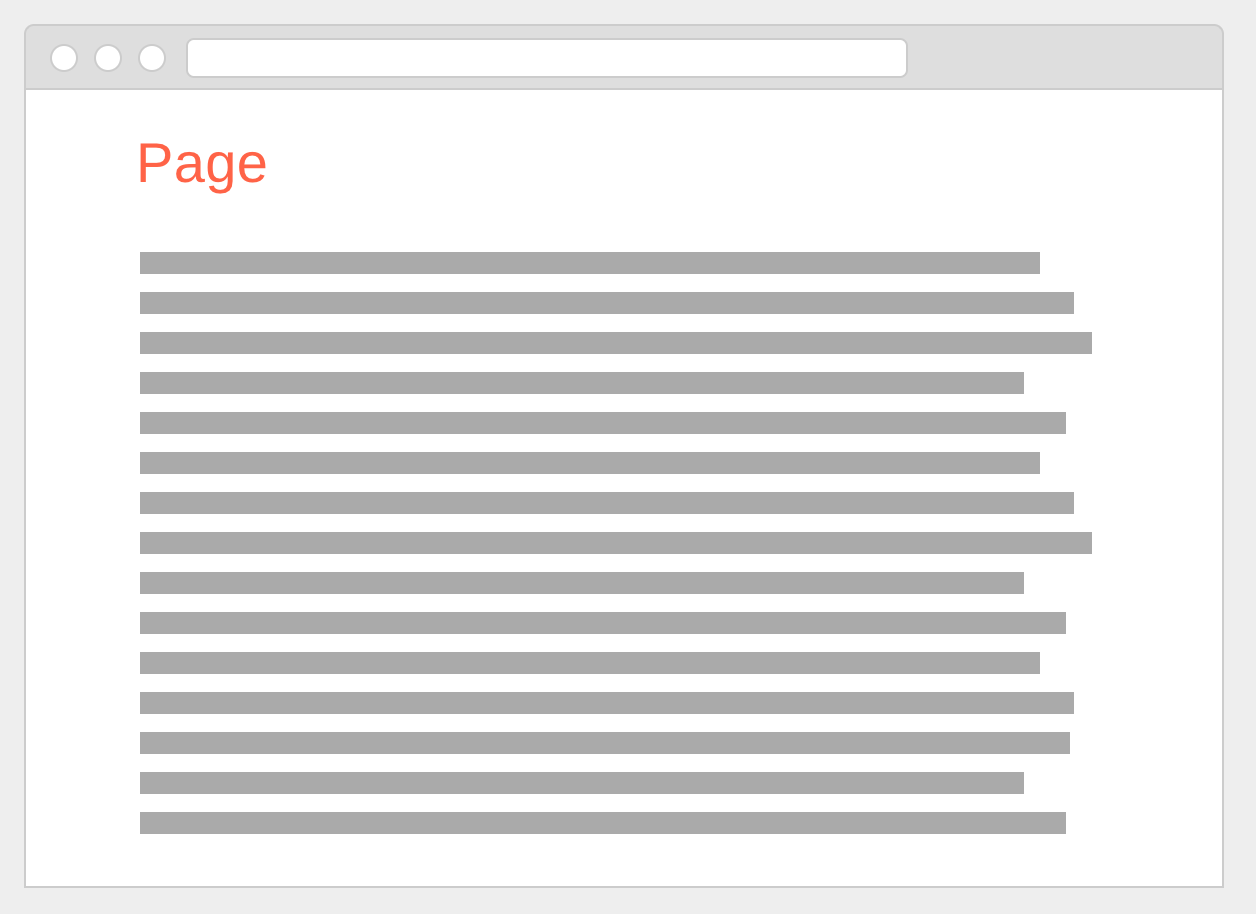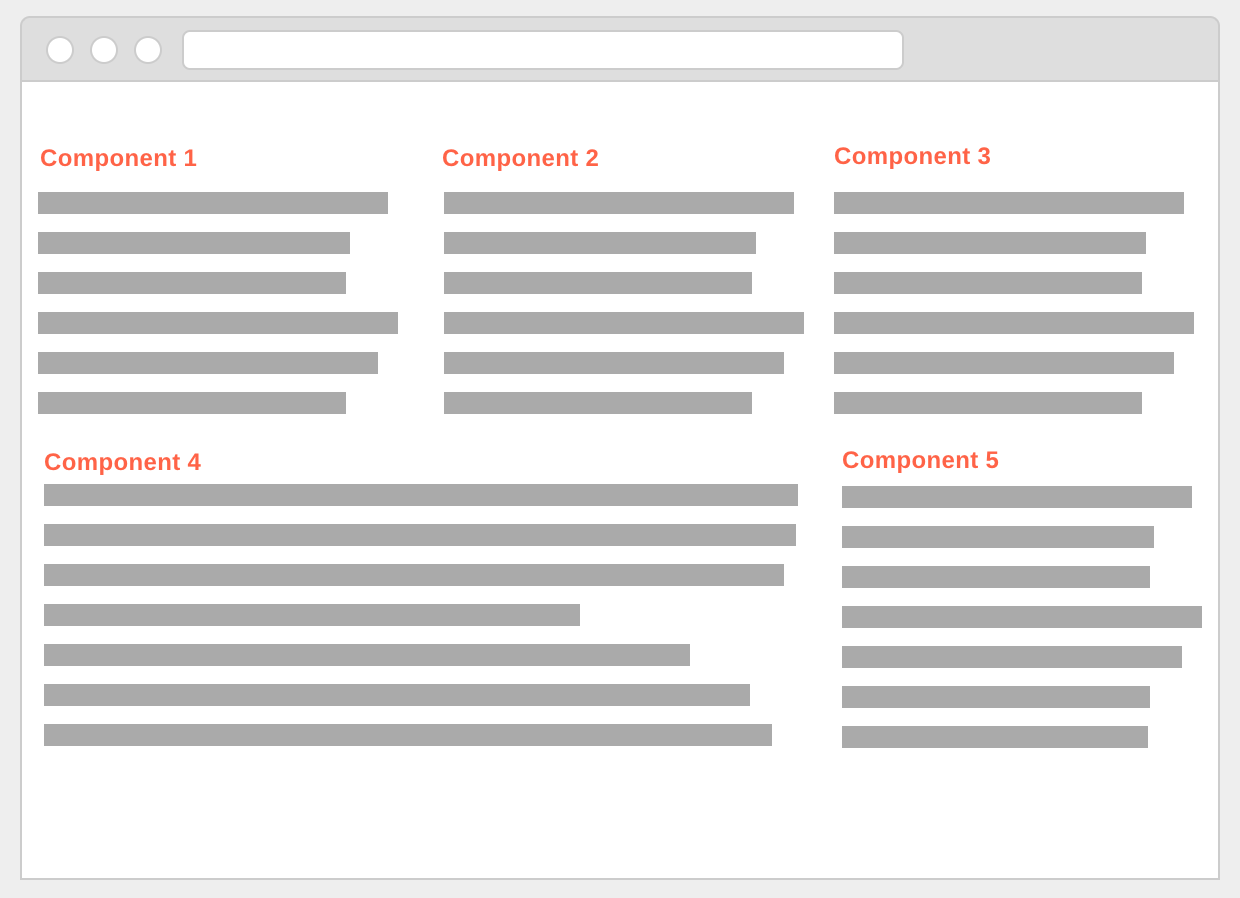Huncwot (pre-alpha)
Huncwot is a fast, opinionated and minimal Node.js web framework built for ES6/7 era with « batteries included » approach. It exclusively supports Node 7.6+ to avoid a transpilation pipeline of any kind. It is an integrated solution that optimizes for programmers productivity by reducing choices and incorporating community conventions.
Website | Contribution Guide | Twitter
This is an example of a basic Huncwot application. Save it to a file e.g. main.js, run it with node main.js and visit the application https://localhost:5544.
const Huncwot = require('huncwot');
const { ok } = require('huncwot/response');
const app = new Huncwot();
// implicit `return` with a `text/plain` response
app.get('/', _ => 'Hello Huncwot')
// explicit `return` with a 200 response of `application/json` type
app.get('/json', _ => {
return ok({ a: 1, b: 2 });
})
// set your own headers
app.get('/headers', _ => {
return { body: 'Hello B', statusCode: 201, headers: { 'Authorization': 'PASS' } }
})
// request body is parsed in `params` by default
app.post('/bim', request => {
return `Hello POST! ${request.params.name}`;
})
app.listen(5544);This example shows a regular, server-side application in the style of Express or Koa, e.g. you define various routes as a combination of paths and functions attached to it i.e. route handlers. In contrast to Express, Huncwot handlers only take HTTP request as input and always return an HTTP response: either defined explicitly as an object with body, status, etc keys, or implicitly with an inferred type e.g. text/plain or as a wrapping function e.g. ok() for 200, or created() for 201.
Huncwot is being built with battery included approach in mind, i.e. it comes with a (eventually large) library of useful modules which are developped in a coherent way. This stands in direct opposition to Koa approach. Huncwot tries to formalize conventions and eliminate valueless choices by providing solid defaults for building web applications that increase the programmers productivity.
Install huncwot globally to use its CLI commands which simplify frequent operations. You also need to install yarn.
yarn global add huncwot
Generate new application
huncwot new my-project
cd my-project
Start the application using built-in development server
huncwot server
Visit https://localhost:5544
Huncwot can be used as a replacement for Express or Koa, but it also goes beyond that by providing opinionated choices to other layers in the stack (view, ORM, etc) required to build a fully functional web application.
There are two essential ways in Huncwot to constract a web application: traditional server-side or modern component-based. Nonenthless, those two approaches can be combined in any proportion.
Server-side means that the application content is generated on the server. We usually think here in terms of pages available at particular paths. Routing is also performed on the server with paths corresponding to pages.
Here's a server-side example of a Huncwot application.
const Huncwot = require('huncwot');
const { page, gzip } = require('huncwot/view');
const app = new Huncwot();
app.get('/', request => gzip(page('index', { name: 'Frank' })))
app.listen(5544);Component-based means that pages are built by combining components: an independant chunks of HTML with their own styling and behaviour defined in JavaScript. There is usually only a single page (rendered on the server) to which components are being attached - this happens in the browser (client-side). Routing is usually performed in the browser with paths corresponding to components.
Here's a component example
class {
onCreate() {
this.state = { count:0 };
}
increment() {
this.state.count++;
}
}
style {
.count {
font-size:3em;
}
.example-button {
font-size:1em;
padding:0.5em;
}
}
<h1 class="title">Here be dragons!</h1>
<h2 class="subtitle">
Experience Huncwot magic and carefully follow the instruction.
</h2>
<div.count>
<p class="title count">${state.count}</p>
</div>
<button.is-danger.button.is-outlined on-click('increment')>
Click me!
</button>Huncwot uses Marko in the view layer to handle both server-side template generation and browser, component-based approach.
const Huncwot = require('huncwot');
const { page, gzip } = require('huncwot/view');
const app = new Huncwot();
app.get('/', request => gzip(page('index', { name: 'Frank' })))
app.listen(5544);Huncwot provides helper functions to simplify usual operations in the request/response cycle. There is gzip which compresses the response along with setting the proper headers, or page function which checks pages/ directory for Marko templates. Before running the example, be sure to have pages/ directory in the root of your project along with the following index.marko
<!doctype html>
<html>
<head>
<title>Marko Example</title>
</head>
<body>
<h1>Hello ${input.name}</h1>
</body>
</html>You can define a route using one of HTTP verbs e.g. .get(), .post(), .put(), .patch() or .delete() - it takes a string which defines a desired path and a function that defines a action which will be exectued once the route is hit. The action takes the incoming request as its parameter and returns a response that will be send to the client. The response is represented as a JavaScript object which must have at least body and statusCode keys. By conventions, a return of string value is considered to be a 200 response of type plain/text with body set to that string. There is also a reply helper function which allows to create responses with application/json type out of JavaScript objects.
There are two kinds of parameters possible in a web application: the ones that are sent as part of the URL after ?, called query string parameters; and the ones that are sent as part of the request body, referred to as POST data (usually comes from an HTML form or as JSON). Huncwot does not make any distinction between query string parameters and POST parameters, both are available in the request params object.
Huncwot comes with a set of modules that enable common functionalities
app.use(auth({ users: { 'admin': 'secret' }}))app.use(static('./public'))nunjucks integration
const Huncwot = require('huncwot');
const { html } = require('huncwot/response');
const nunjucks = require('nunjucks');
const app = new Huncwot();
nunjucks.configure('views', { autoescape: true });
app.get('/', request => {
return html(nunjucks.render('index.html', { username: 'Zaiste' }));
})
app.listen(3000);In your project create views/ directory with the following index.html
<!DOCTYPE html>
<html>
<head>
<title>Nunjucks Example</title>
</head>
<body>
<h1>Hello {{ username }}</h1>
</body>
</html>- huncwot-component-app a basic Huncwot application using components
- huncwot-server-app a basic server-side Huncwot application
- huncwot-rest-api a REST API built with Huncwot
- huncwot-graphql-api a GraphQL API built with Huncwot
Huncwot keeps track of the upcoming fixes and features on GitHub Projects: Huncwot Roadmap
We use Github Issues for managing bug reports and feature requests. If you run into problems, please search the issues or submit a new one here: https://github.com/zaiste/huncwot/issues
Detailed bug reports are always great; it's event better if you are able to include test cases.





